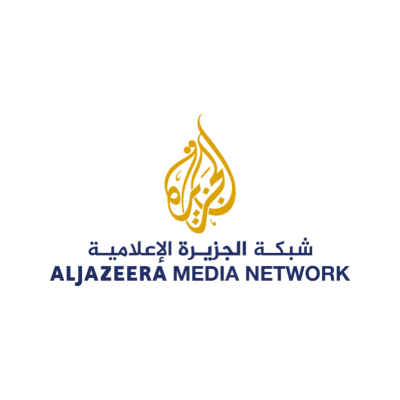 Al Jazeera Article Rating
Al Jazeera Article RatingWill Afghanistan's powerful neighbours engage the Taliban?
- Bias Rating
-78% Very Liberal
- Reliability
N/AN/A
- Policy Leaning
78% Very Conservative
- Politician Portrayal
-37% Negative
Continue For Free
Create your free account to see the in-depth bias analytics and more.
Continue
Continue
By creating an account, you agree to our Terms and Privacy Policy, and subscribe to email updates. Already a member: Log inBias Score Analysis
The A.I. bias rating includes policy and politician portrayal leanings based on the author’s tone found in the article using machine learning. Bias scores are on a scale of -100% to 100% with higher negative scores being more liberal and higher positive scores being more conservative, and 0% being neutral.
Sentiments
N/A
- Liberal
- Conservative
| Sentence | Sentiment | Bias |
|---|---|---|
Unlock this feature by upgrading to the Pro plan. | ||
Reliability Score Analysis
Policy Leaning Analysis
Politician Portrayal Analysis
Bias Meter
Extremely
Liberal
Very
Liberal
Moderately
Liberal
Somewhat Liberal
Center
Somewhat Conservative
Moderately
Conservative
Very
Conservative
Extremely
Conservative
-100%
Liberal
100%
Conservative

Contributing sentiments towards policy:
60% : In 2018, Iran became Afghanistan's biggest trade partner, with its exports reaching nearly $2bn, in addition to a large volume of Afghan imports passing through Iranian ports.59% : Apart from political interests, Iran also looks to Afghanistan for economic opportunities.
58% : Afghanistan's immediate neighbours - Pakistan, Iran and China - all have special interests in the country that they are likely to pursue with renewed vigour.
58% : Iran will strive to maintain its access to the Afghan market, which in recent years has been flooded with Iranian goods.
56% : Thus, Afghanistan's neighbours - Pakistan, China and Iran - all have a vested interest in a stable government in Kabul that can secure Afghan borders and economic activities.
55% : Iran is a major market for Afghan opium and an important corridor for shipping narcotics to Europe and the Persian Gulf.
53% : That is why Iran wants to see stability in Afghanistan that would allow some of these refugees to return.
51% : While maintaining high trade volumes, Iran will also seek to stem the flow of narcotics through its porous border with Afghanistan.
48% : Pakistan, China, and Iran are yet to recognise the Taliban government, but they all have an interest in doing so.
48% : The April announcement of US troops withdrawal from Afghanistan increased concern in China about border security in the Wakhan Corridor, where it shares a 92km (57 miles) border strip with Afghanistan, but also encouraged the Chinese government to approach the Taliban leadership for preliminary talks.
47% : Therefore, establishing effective mechanisms with the Taliban government to solve the narcotics problem will be a major challenge for Iran.
46% : Worried by the vast US military presence in the region after 2001, Iran established ties with the group and tried to undermine US interests by covertly supporting it.
45% : So what does this mean for relations with Pakistan, China and Iran?
40% : In the 1990s, Tehran was backing the Northern Alliance of anti-Taliban forces and did not recognise Taliban rule in Kabul.
40% : The Taliban has given assurances that it will not allow armed groups on Afghan soil to threaten other countries, but Iran will expect more than just words.
39% : The more than two million Afghan refugees on Iranian territory also worry Tehran.
36% : Iran, which shares a 921km (572-mile) border with Afghanistan, has also suffered from the instability ravaging its neighbour for decades.
31% : Tehran also criticised the Taliban for not including minorities in the cabinet it announced.
30% : Another contentious issue between Kabul and Tehran are militants threatening Iranian security.
*Our bias meter rating uses data science including sentiment analysis, machine learning and our proprietary algorithm for determining biases in news articles. Bias scores are on a scale of -100% to 100% with higher negative scores being more liberal and higher positive scores being more conservative, and 0% being neutral. The rating is an independent analysis and is not affiliated nor sponsored by the news source or any other organization.





















